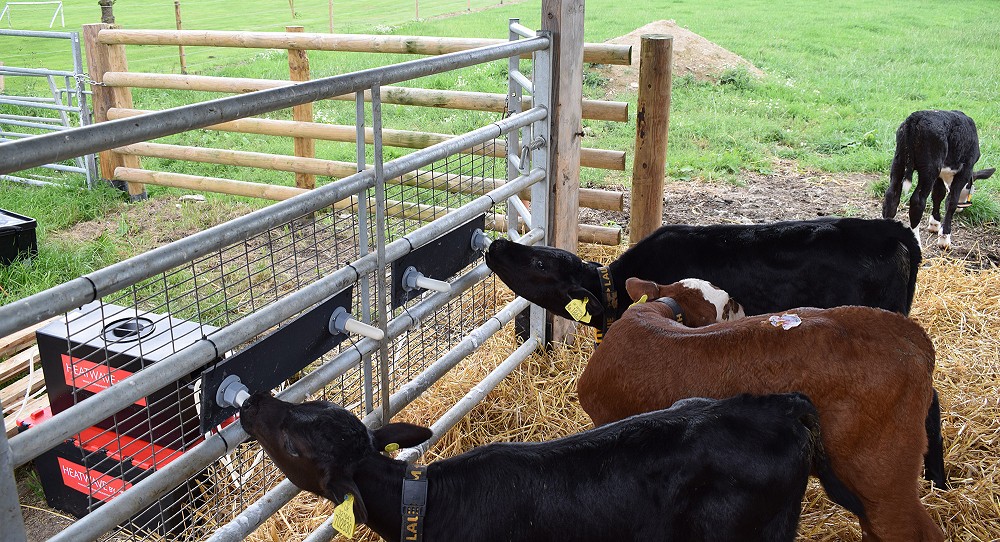
Posted on 2021-06-22 09:00:00
High temperatures recorded in the UK this week generated a number of enquiries about keeping the reservoir of ad lib calf milk for the Heatwave fresh in warm weather.
Here are a few tips to reduce spoilage.
1) Keep it Clean
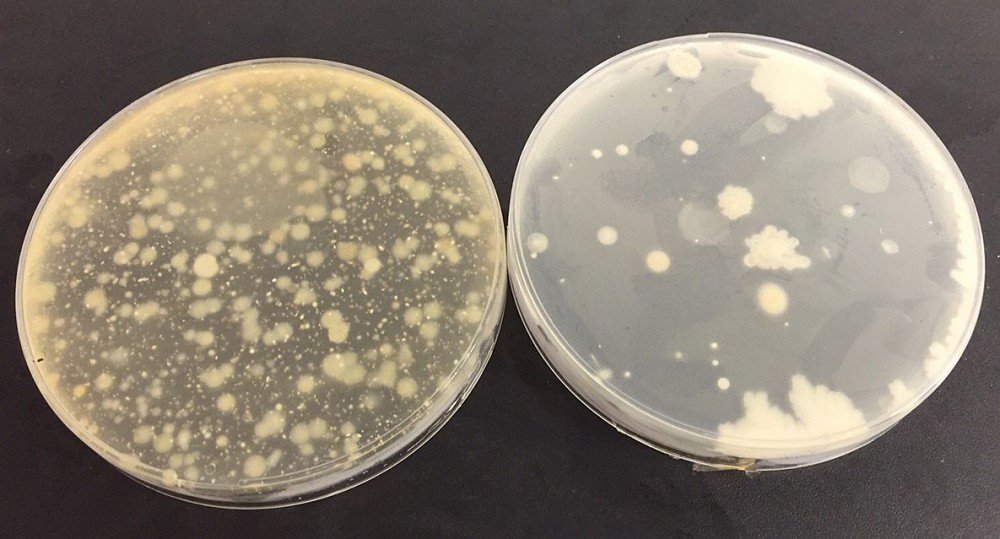
Bacteria multiply in warm, moist conditions, so poorly cleaned buckets and utensils offer the ideal medium!
Are the cows’ teats clean? Are the milkers’ gloves clean? Is the dump line and dump bucket clean?
Simply wearing gloves is not a magic bullet to solve bacterial contamination, milkers should wash gloves and disinfect frequently. The dump bucket, or portable milker also needs attention, so after every milking it should be cleaned and sterilised. Swilling out with water isn’t clean enough, it will need a scrub with detergent and hypochlorite to sanitise thoroughly.
Does the robotic colostrum collection mean the colostrum is left at room temperature? The bacteria in colostrum can double every 20 minutes. So, left for a couple of hours at 20-40ºC it can soon become bacterial soup.
Are you adding old milk to new milk? Yesterdays milk will inoculate the new batch with spoilage bacteria. It’s not a good idea, unless you want to make yoghurt!
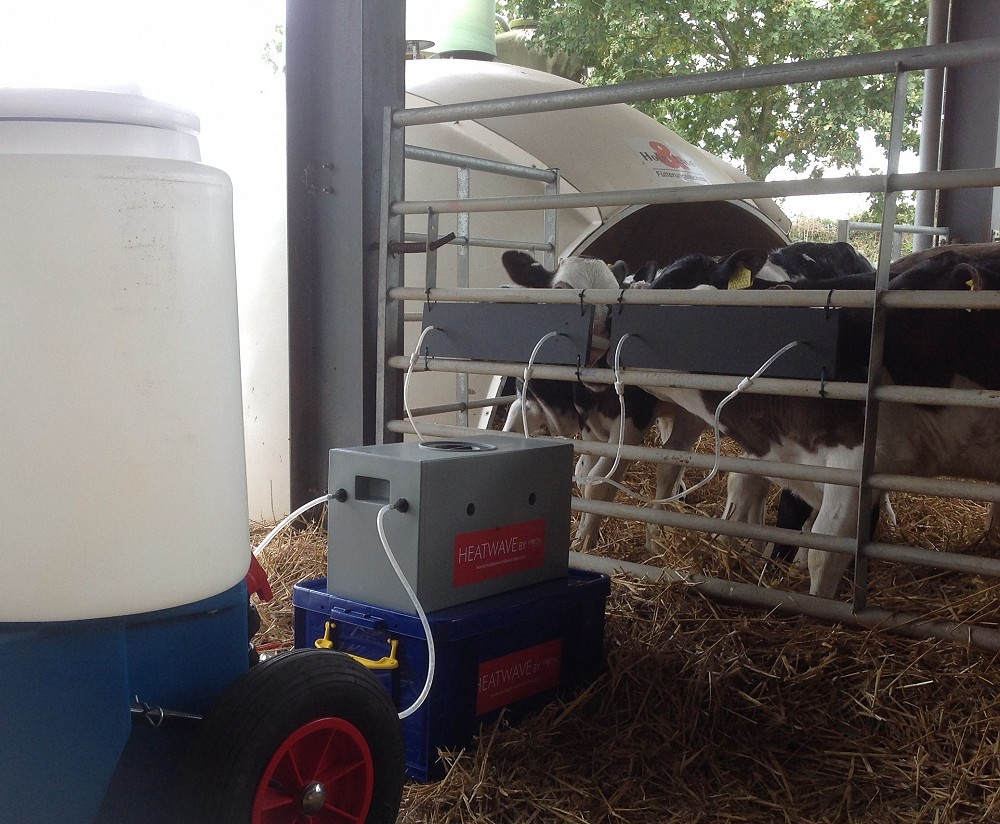
2) Cool it quick - to 4ºC
Ideally milk should be cooled immediately. In optimal conditions bacteria will reproduce every 20 mins. So a single bacterium potentially produces 500 within 3hrs and 100 million in 10 hrs! So, ideally milk should be cooled down to 4ºC as soon as it leaves the udder, and every effort should be made to keep it cool to reduce bacteria production.
Putting warm colostrum in a refrigerator takes a long time to cool down. A quicker method is immersing a block of ice in the milk bucket. If cooling facilities are limited then a deep freeze can be used with good results. Fill a number of 5L bags or plastic 5L jerry cans with water and cap. Freeze down overnight. Put a 5L frozen bag into every 20L of warm milk to drop the temperature of the milk and on very hot days replenish later. The plastic bags or cans can be washed off, frozen and used again. This technique works particularly well when trying to keep colostrum for the next feeding time.
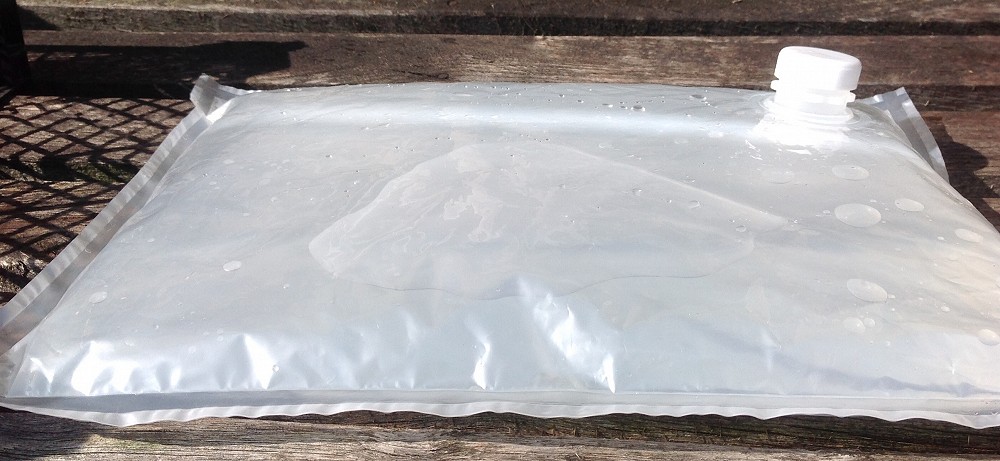
Also put a lid on the milk storage container to keep flies away. Flies will carry more dirt and bacteria.
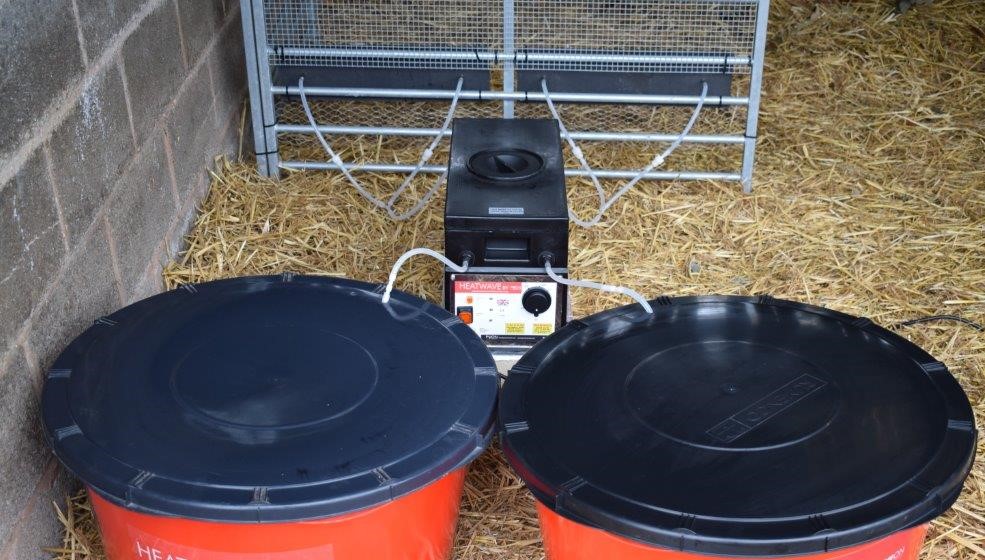
Once cooled, keep it in the shade and/or put a reflective shade over the milk if it’s in direct sunlight.
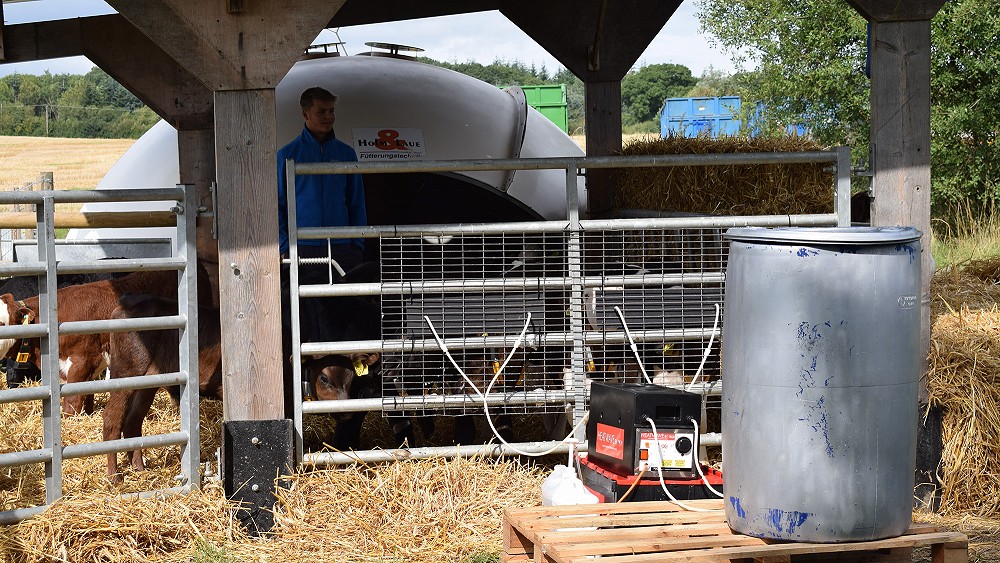
3) Keep it Clean – Yes, Again!
Are buckets and utensils thoroughly cleaned?The general guide to cleaning is to:
- rinse or wet the surface, using cold or warm (not hot) water
- hot wash using a detergent solution that holds particles in suspension for a short time
- rinse with cold water and drain
- apply sanitiser to contact surfaces and allow to dry .
Buckets and utensils should be dried out after cleaning (inverting the buckets will help them to drain. Hot water alone is not a sanitiser, a standard dairy pipeline cleaner will do the job cheaply and efficiently. A churn brush and elbow grease helps!
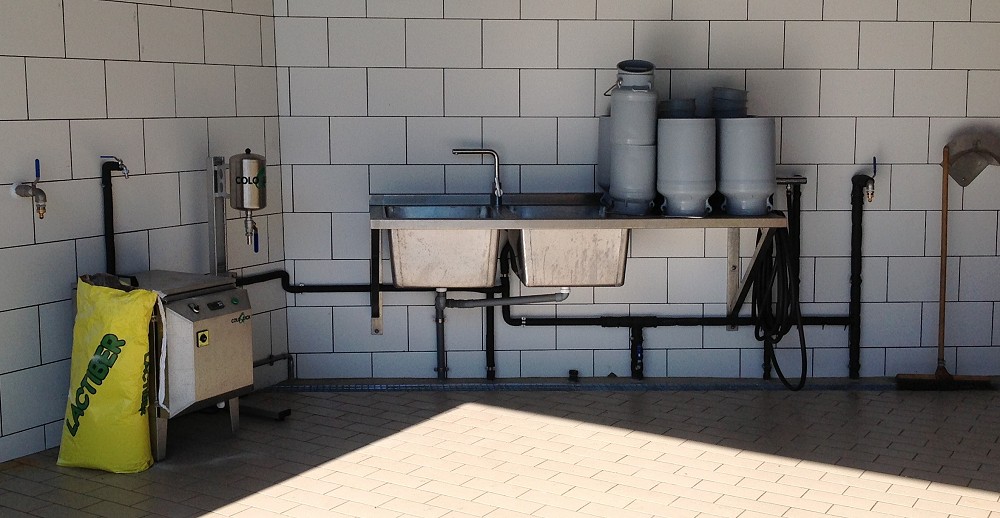
Blanca Dairy, Spain
4) Would adding a preservative help?
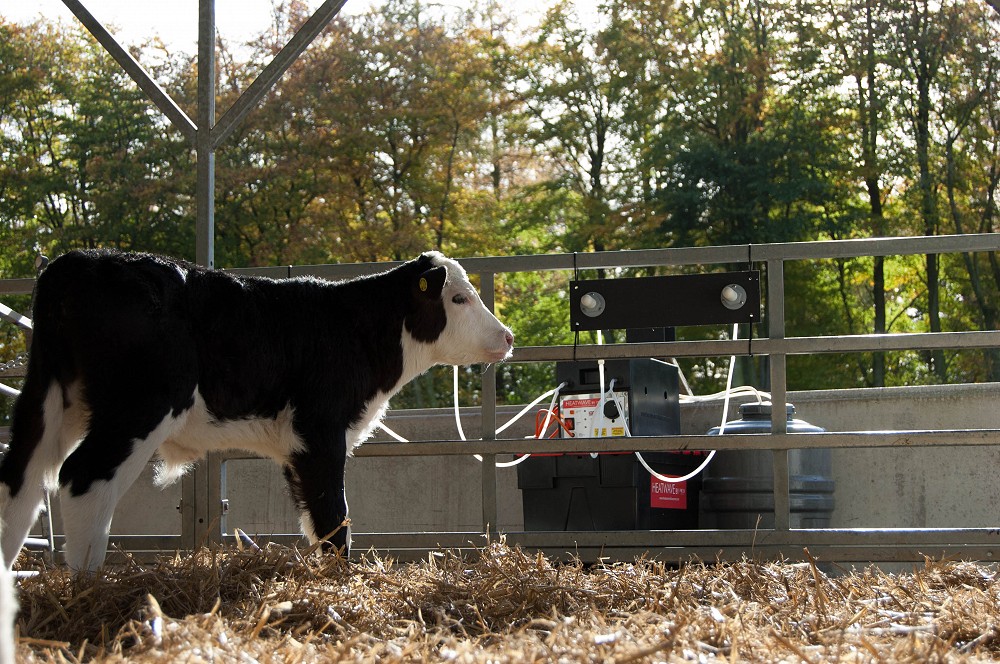
Yes. As a general rule, the majority of spoilage bacteria grow very well in the 20-40 ºC range. If milk has to be stored at room temperature then adding a preservative to acidify the milk will discourage the multiplication of bacteria. e.g. ‘Long Life’ milk preservative, which extends the shelf life of clean milk for up to 24hrs. Cheap and efficient. Long Life preservative costs about 1.5/litre treated.
The same principles apply to powdered milk – ask your supplier for a Long Life milk.
Gill Dickson – Youngstock Advisor – Pyon Products Ltd 22/6/21
